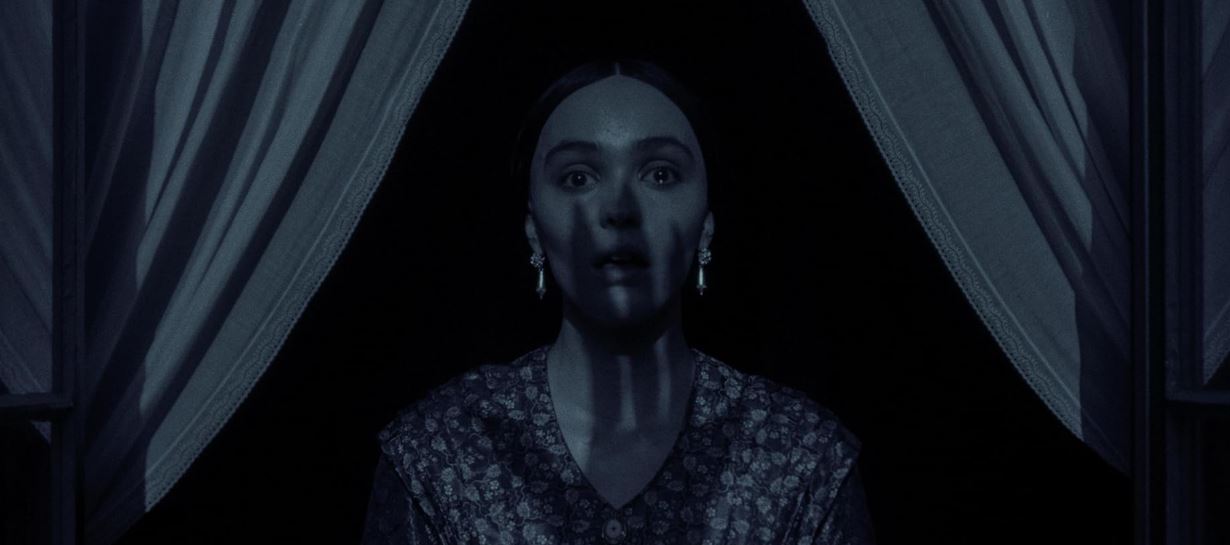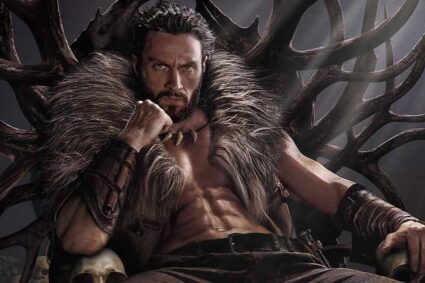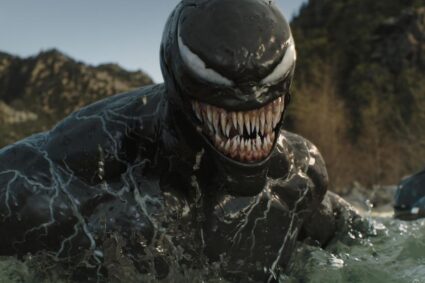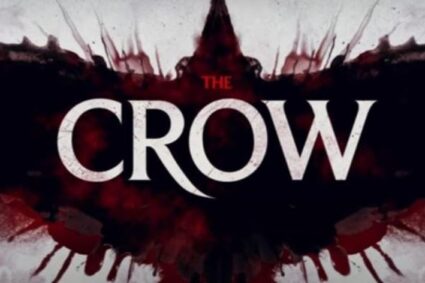
Let me start right off by saying that the only major thing that I did not like about Nosferatu was that this wasn’t released during the spooky season in October and movie goers will have to wait until Christmas to witness this masterpiece.
Beyond that, there is very little I could say that was wrong with this movie.
Nosferatu is a remake of the 1922 German film of the same name and also based off of Bram Stoker’s Dracula. This movie is considered to be Robert Eggers’ passion project and it really shows.
The plot is another telling of the story of Dracula chasing a long lost love over time and lands. However, this version is not another “Hollywood-ized” version like the 1992 version starring Gary Oldman.
Set in the late 1830s, a young woman by the name of Ellen Hutter (Lily-Rose Depp) finds herself being haunted by the dreams of a mysterious being named Count Orlock (played by an unrecognizable Bill Skarsgård). She has been stalked by him for as long as she could remember but has no idea how to stop the dreams from reoccurring or fathom their meaning. Ellen’s newlywed husband, Thomas Hutter (Nicholas Hoult), while trying to make life for he and his wife financially comfortable, coincidentally is asked by his company to finalize a sale of real estate in his village to Count Orlock and treks to the backwaters of Europe to the Count’s old home to seal the deal. Unbeknownst to Thomas until it’s too late, the Count wants to buy the house to not only get physically closer to Ellen but to spread his darkness across the world.
Yes, we have seen this story play out many times in the over 100 years of film since the original Nosferatu. From Max Schreck to Bela Lugosi, from Frank Langella to Gary Oldman, we have seen this same story play out in so many different ways and in my opinion each of those movies brought something different to the table. The question then is, what does Eggers do differently to make this story stand out?
One of the biggest standouts is that this is not your typical vampire movie. While many other movies opted for the fangs, blood, and gore typical of vampire movies, the death and evil brought about Count Orlock’s ravaging of the Hutters’ hamlet is by way of a more terrifying terrestrial pestilence. So nom you will not see hordes of vampires roaming the countryside. This movie does add many elements of old East European folklore and psychological horror although the vampiric elements begin to show more towards Act III of the movie.
The atmosphere is also a stand out element to this movie. There are many periods where even though it’s in color it’s not and how this is done really sets the tone and somber mood of this movie. There are times it’s dark in lit places and even when it’s intentionally dark, the movie watcher could sometimes feel the somberness of the scene. Likewise, when there are sunny scenes, those scenes can sometimes feel like that last bits of light and goodness that you will feel.
Another choice that Eggers made to set the mood was to create many instances where dialogue between characters is shot with them being backlit. This gives them an almost in silhouette quality. Also speaking of shadows, Eggers does a fine job showing how metaphorically Orlock’s shadowy reach can encompass many things and destroy them. This is a parallel to the 1992 Dracula film; most memorably the one scene where Dracula is seen with his shadow throttling the life out of Jonathan Harker.
The biggest design achievement of this film of course is Bill Skarsgård’s portrayal of Orlock himself. Eggers must have paid attention to section of film class in which you don’t reveal the creature all at once. Early on we see fleeting glimpses of Orlock: parts of his face, maybe an eye, and if you saw 3/4s of his body in a scene, there was a deliberate obstruction to keep you guessing. And Skarsgård’s vocal performance was eerie, grating and scary. Like the sound of old earth spread upon bread with no water with a terrifying result. In my opinion, it’s simply amazing how Bill Skarsgård had such a great performance here that overshadowed that train wreck of a Crow movie remake that came out earlier this year.
Another standout performance was that of Willem Dafoe’s portrayal of the eccentric Professor Albin Eberhart Von Franz. Coincidentally, Defoe portrayed a fictionalized version of Max Schreck as Nosferatu in Shadow of the Vampire in which he earned an Oscar nomination for best Supporting Actor in that role.
Beyond that, Lily-Rose Depp’s performance as Ellen really stood out because of how haunted her character was in her helplessness. No matter how many people she told about her nightmares, no one listened until it was almost too late. Chief among those was Friedrich Harding (played by Aaron Taylor-Johnson) family friend who was just overwhelmed by his family and dealing with Ellen’s nightmares while Thomas was away.
As I close, I find that I don’t have too many complaints about this film. It does seem to start off slow but once it gets going, it will keep you on the edge of your seat. At around 132 minutes it doesn’t overstay its welcome too much. It’s not your typical vampire faire so if you were expecting something along the Twilight side of things, this isn’t it. This is a much deeper and sinister story than what any of those types of movies could ever tell. To reiterate, it does not rely heavily of blood and gore or a large dose of vampire tropes to tell a vampire story.
FINAL GRADE: A


